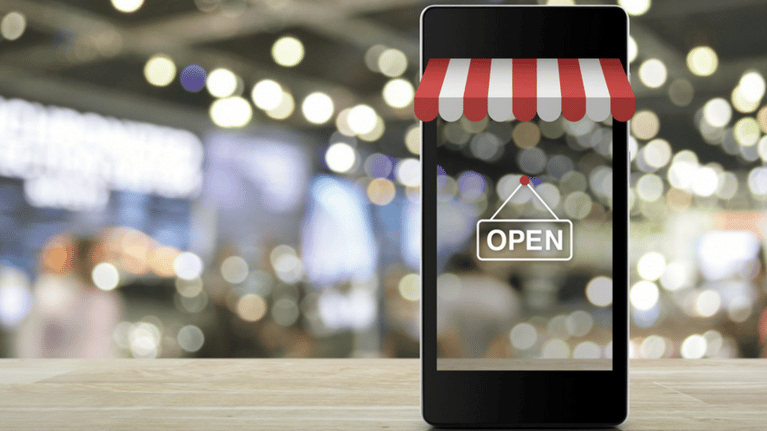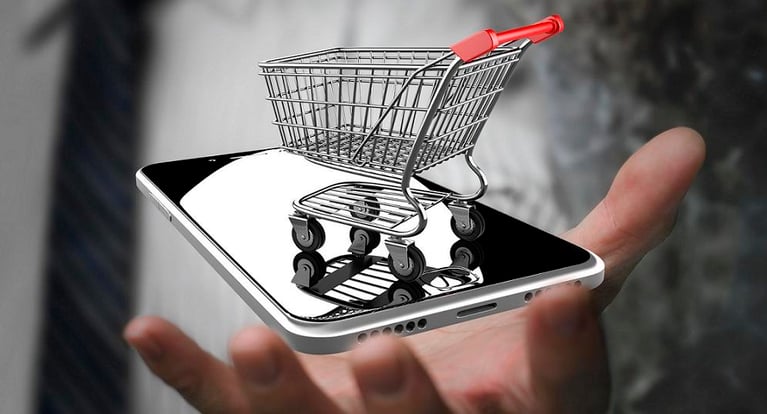How Banks Can Accelerate the Momentum of Mobile Banking
Jul 19, 2016 / By Vanessa Horwell
Consumer adoption of mobile banking technology has reached new heights this year, with a recent Federal Reserve survey showing that 53 percent of U.S. smartphone owners used mobile banking in 2015. But that total is just 3 percentage points higher than the 50 percent reported by the Fed 2012.
Even worse, some industry analysts say the real user numbers are much lower.
"If you look at customer utilization of mobile banking and express it in terms of what percentage of retail banking customers are active mobile banking users, it's barely 20 percent," Bob Meara, a senior analyst at consulting firm Celent, recently told American Banker. (According Celent’s research, the 20 percent figure drops to about 10 percent for banks with less than $1 billion in assets, but rises to about 35 percent for the largest banks.)
Celent’s estimates may not align with banking-industry research, but it’s clear that the mobile banking sector’s growth is stalling, if not stagnating, for individual financial institutions: At JPMorgan, for example, the number of mobile banking users grew 18% year-over-year (YoY) in Q2 2016 – a downturn from the 22% YoY growth the firm posted in Q2 2015.
The findings show there’s a disconnect between the way mobile banking is perceived (or portrayed) by the financial-services industry and the reality of its adoption.
Sure, Bank of America’s executives may be claiming “mobile is the branch” while Wells Fargo’s head of innovation declares that mobile is “becoming the heart of the [consumer-bank] relationship.” But as slowing adoption data shows, there really isn’t anything bold or interesting driving new users towards mobile banking applications that wasn’t already around in 2012: In the 2015 Fed survey, 86% of respondents who didn’t use mobile banking said that their banking needs were being met without it, and 73% said they saw no reason to use it.
To accelerate adoption and help mobile banking actually match the hype it receives as a force of financial-industry change, banks need to make mobile banking more genuinely valuable to consumers. Simply offering a mobile extension of an institution’s online banking arm is no longer enough to drive adoption – it will take more innovative efforts to drive growth. Here are some steps that should be taken across the banking industry to achieve stronger mobile outcomes.
Improve the App Experience: It may be common sense at this point that consumers expect highly optimized experiences across all of the apps they use, on all devices, but many banks still aren’t delivering attractive user interfaces, fast load times, or easy-to-use tools via mobile. In the Fed survey, 39% of non-mobile banking users said the mobile screen is too small to bank, while 20% said apps were too difficult to use. Functionality and usability need to be much higher financial institutions’ mobile priority lists.
Deliver More Services: Mobile consumers appreciate the ability to check their bank statements, deposit checks, and transfer balances, but it’s time for smartphone banking to go further. According to a recent digital banking report, only 26 percent of financial institutions plan to offer mobile account opening functionality this year, even though 70 percent of likely checking account applicants say they would prefer to submit a digital application. If “mobile is the branch,” then it’s high time for banks to digitize more aspects of the in-bank experience – account set-up included.
Learn From the Upstarts: Millennial-age consumers love online banking (and utilize it more than their elders) but they also love other useful personal financial tools, like Venmo and Mint, that deliver more specialized experiences. To drive greater adoption, large institutions are wise to adopt some of the functionalities that are drawing in use among tech-savvy audiences. JPMorgan, for one, has caught on to that; the company recently activated clearXchange – a tool for real-time peer-to-peer (P2P) transfers may be a strong value-added service in its mobile banking toolset.
Ultimately, if banks provide greater mobile benefits to consumers it won’t just benefit consumers – it will benefit banks, too: In a Fiserv study, mobile bankers generated 72 percent higher revenue than branch-only customers. Mobile may be far from the only key to boosting banks’ bottom lines, but it’s a smart strategy for seeing stronger revenue growth potential.
Sign up for our insights on the convergence of business and PR





